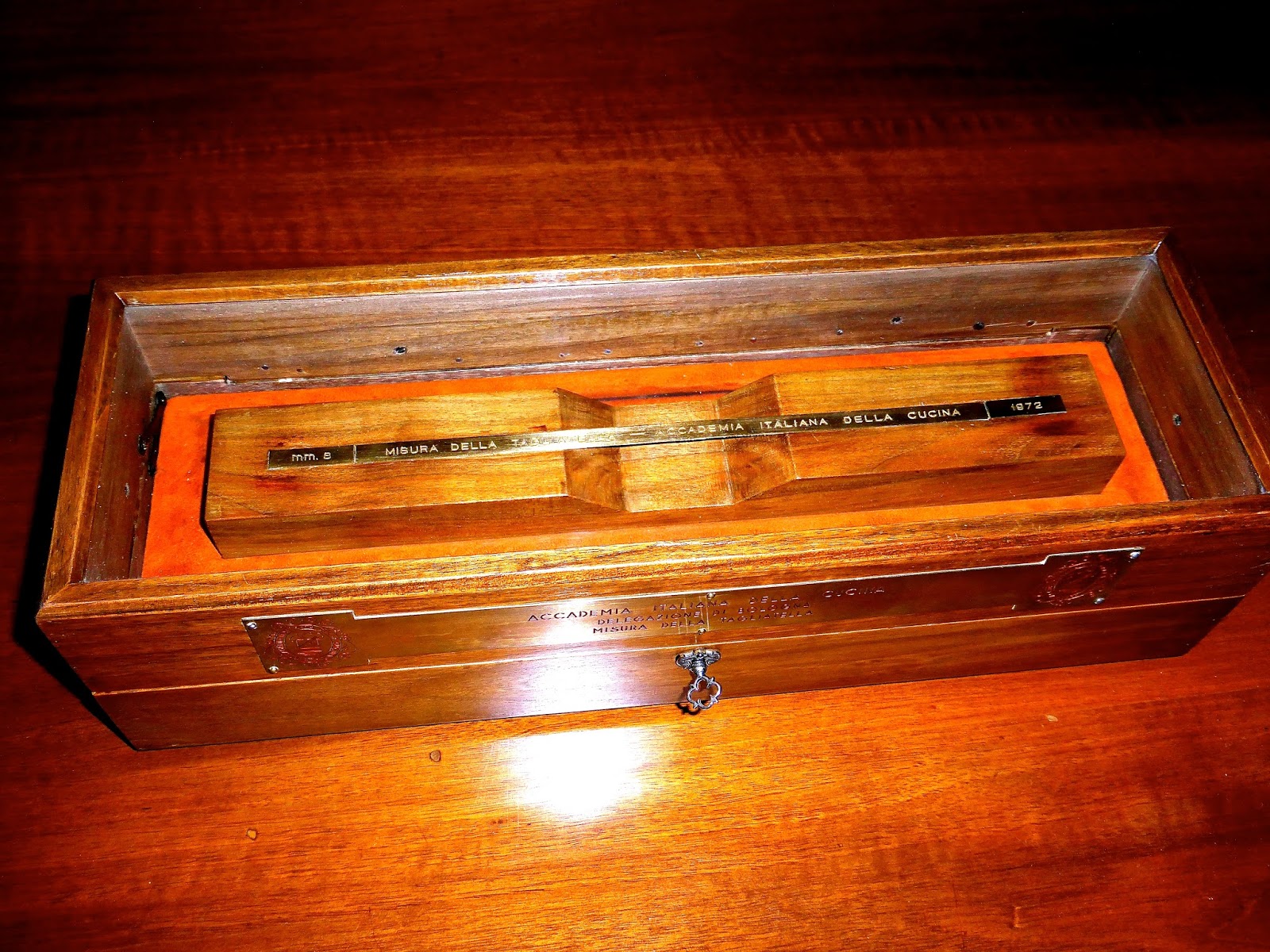this post was submitted on 29 Sep 2024
342 points (97.5% liked)
Mildly Interesting
17392 readers
293 users here now
This is for strictly mildly interesting material. If it's too interesting, it doesn't belong. If it's not interesting, it doesn't belong.
This is obviously an objective criteria, so the mods are always right. Or maybe mildly right? Ahh.. what do we know?
Just post some stuff and don't spam.
founded 1 year ago
MODERATORS
you are viewing a single comment's thread
view the rest of the comments
view the rest of the comments

A lot of "traditional" national foods are like that, especially if you consider pre-columbian food traditions. If you just limit it to chocolate, tomatoes, sweet and hot peppers, potatoes, and beans, none of which were used or available in Europe until after importation, you see that it gets murky pretty quickly. Funny how we associate potatoes with Ireland, tomatoes with Italy, and chocolate with Switzerland when they're actually all indigenous American foods.
The tartiflette, a very popular traditional meal from Savoy in the Alps, was invented in the 70s !
What are some actual European foods that people ate hundreds of years before that?
From what I can find, there was a lot of barley, wheat, rye. Meat and fish. Peas, cabbage, apples, pears, grapes, honey, legumes, herbs, cheese.
Recipes turn out to be a lot of bread with cheese, meat or stews, with wine or beer. And also things like pancakes and other baked goods.
—Curye on Inglysch, IV.18.
Meat, grains, fruit, and veg. Just different ones and less variety.
Beans are native to Europe.
One "bean" is native to Europe. The fava or horse bean to be specific.
Pretty shocking, eh?